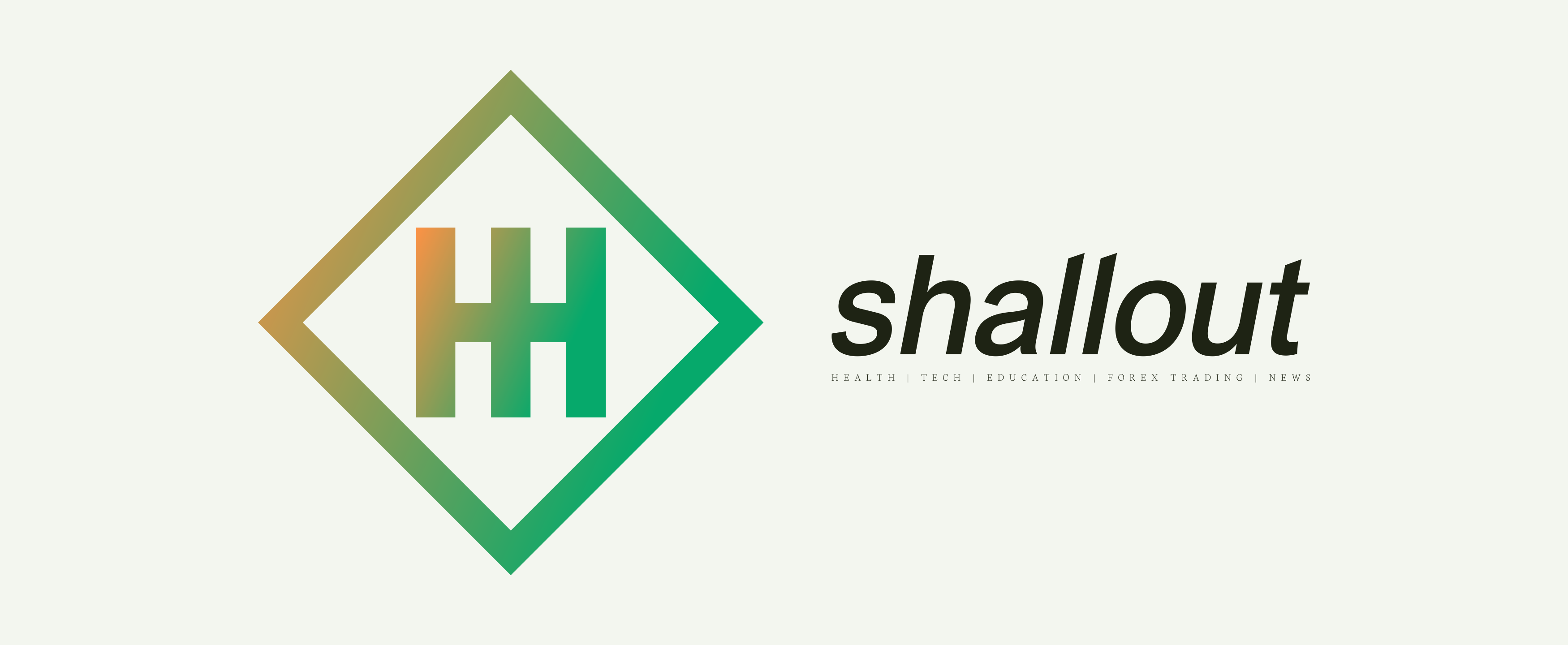Introduction to HTML and Setting up a Development Environment

HTML, or Hypertext Markup Language, is a standard markup language used for creating web pages and web applications. It is the foundation of the modern web, providing the structure and content of web pages.
To start writing HTML, you will need a text editor. There are many different text editors available, both free and paid, and you can use any one that you are comfortable with. Some popular choices include Vscode, Notepad++, Sublime Text, and Atom.
Once you have a text editor installed, you can create a new file and save it with the .html extension. This will tell your computer that the file is an HTML file, and your text editor will automatically apply syntax highlighting to make the code easier to read. For example, you could name your file “index.html”.
To begin writing HTML, you will need to use a set of tags to structure your content. HTML tags are enclosed in angle brackets (e.g. <html>, <head>, <body> <title>, <table>, etc.) and are used to define the structure and hierarchy of your content. Most of these tags typically come in pairs, with an opening tag and a closing tag.
For example, the <html> tag is used to define the root of an HTML document, while the <head> and <body> tags are used to define the head and body sections of your document, respectively.
To create your first HTML page, you will need to use HTML tags to structure the content. HTML tags are used to mark up the content of a web page, such as headings, paragraphs, and lists.
To write your first HTML code, you can start with a simple structure like the following:
<!DOCTYPE html>
<html>
<head>
<title>My First HTML Page</title>
</head>
<body>
<h1>Hello, World!</h1>
<p>This is my first web page.</p>
</body>
</html>
This code creates a simple web page with a heading and a paragraph. The <!DOCTYPE html> declaration at the top of the file specifies that the document is an HTML5 document, and the <html>, <head>, and <body> elements create the basic structure of the page.
To view your HTML page in a web browser, simply open the HTML file using the File > Open menu in your web browser. The browser will render the page, displaying the heading and paragraph you added in the code.
READ ALSO: BASIC HTML SYNTAX AND STRUCTURE
Congratulations! You have successfully set up a development environment for writing HTML and created your first web page. Of course, HTML is a vast and complex language, and there is much more to learn. But this is a great start! To learn more, click here to learn the basic syntax in HTML. Shallout!!!












